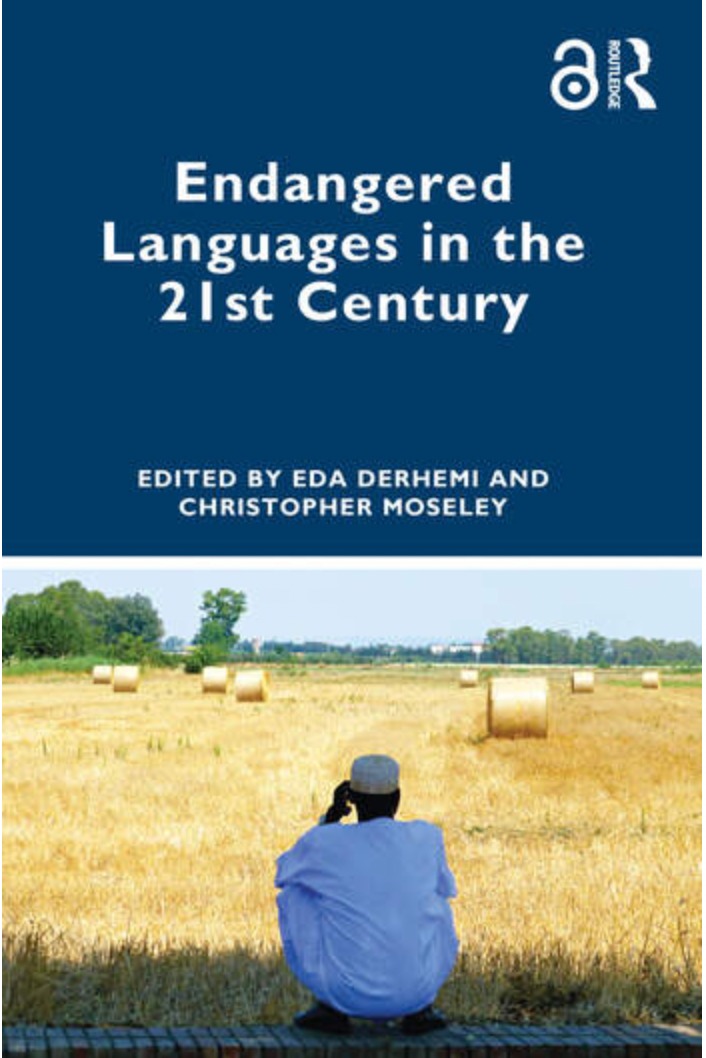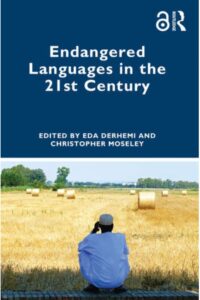Endangered Languages in the 21st. Century. Chapter 19.
The Waotedodo language and the effects of intense contact.
Autores: Marleen Haboud y Fernando Ortega.
Fecha de publicación: 2023
Cómo citar: Marleen Haboud & Fernando Ortega: The Waotedodo language and the effects of intense contact. In, Derhemi, E. & C. Moseley. Endangered Languages in the 21st. Century. Chapter 19. London: Routledge. (ISBN 9781032196749)
Abstract:
Ecuador, one of the smallest countries of South America (272,045 sq. km.), is known for its geographic, ecological, cultural and linguistic diversity. In addition to Spanish, 13 indigenous languages are still spoken, although some are highly endangered. These indigenous languages are found in Ecuador’s four natural regions: the Pacific Coast, the Sierra (Highlands for now on), the Amazon basin and the Galapagos Islands.
On the basis of qualitative and quantitative data gathered through large-scale community-grounded research in Ecuadorian Amazonia with 125 Waotededo speakers between 2013–2015, and 2019, this study is twofold; on the one hand, it describes the sociolinguistic situation of the Waotededo language spoken by Waorani communities located in two Ecuadorian provinces; on the other, it discusses some of the speakers’ dilemmas, which have to do with their expectations and attitudes towards their ancestral language, their identity and territory vis-à-vis the dominant society. Finally, the chapter describes some recent efforts developed by young activists, and national and international organizations to favor the Waotededo language and the Waorani communities.
Key terms:
Ecuador; Amazonian languages; Waotededo; Waorani, Language contact, Linguistic vitality; Identity, territory and territorialization; Linguistic attitudes.
Subido por Mario Narváez


